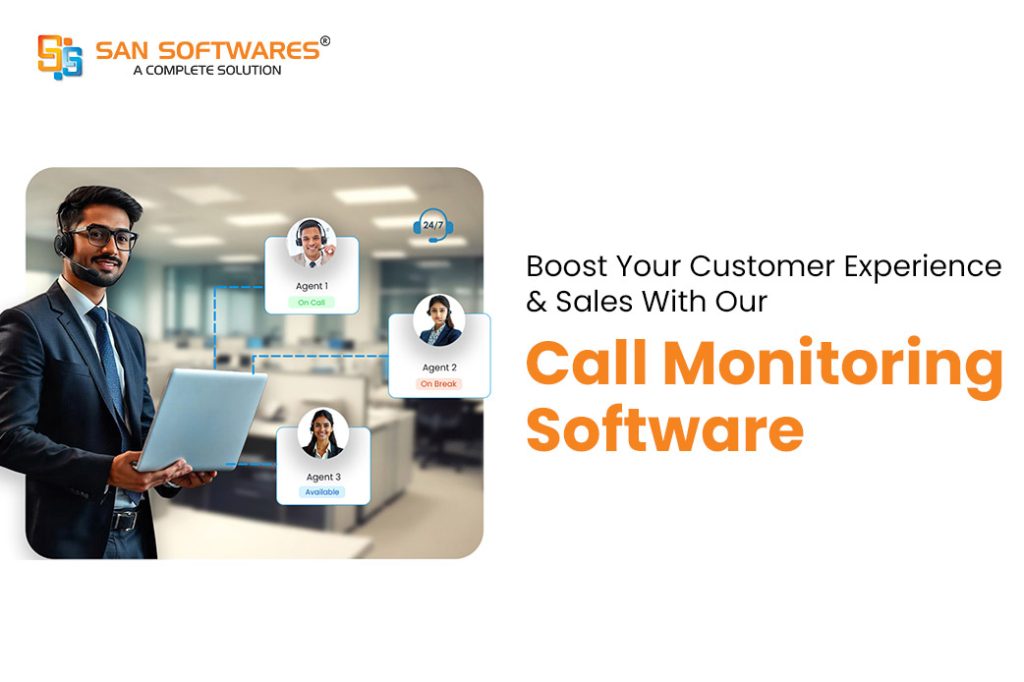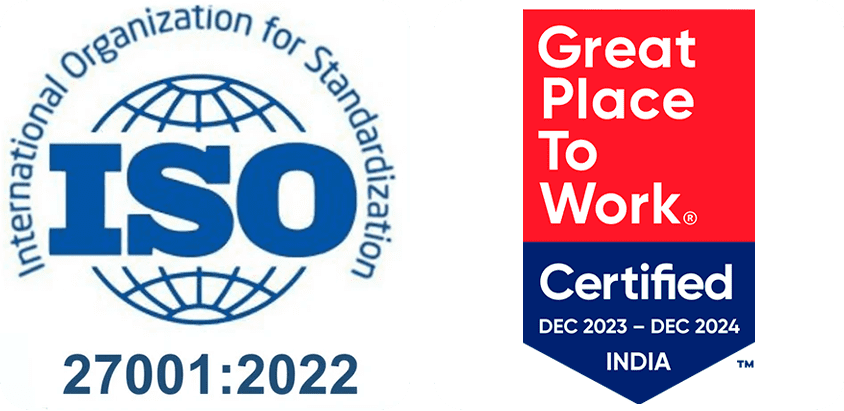
There are two different phases in any business; on the basis of those two phases or factors, the customer decides their review about the company; those two factors are sales and customer support. They both have different work in the organization. Still, one similarity between them – they are the ones who interact with the customer and are liable to drive a positive customer experience. A single bad experience can rune companies image and ultimately loss of customer loss of revenue. According to pwc, 73% of customers decide on their review based on product quality and brand above that brand’s price.
It’s more important than ever to make sure your customer-facing teams have the tools they need to do their jobs, especially with customer retention and revenue on the line. Call monitoring software, for example, provides successful leaders with the flexibility they need to listen in on calls and coach when necessary. This article will look at how call monitoring can help you convert more leads, increase customer satisfaction, and gain unique market insight.
Call monitoring can be used by a variety of departments within your company. While sales and customer service are the most popular uses of this feature, other teams, such as marketing and product, can benefit from it by listening to customer or client calls to better understand the trends and product adoption.
Good training can help you save money on your call center. Agents who have been properly trained will be able to handle their calls quickly and effectively, resolving issues the first time. Excellent coaching can help agents develop more effectively, reducing the number of minutes they spend on the phone, improving service, and lowering your overall cost-per-call (The Ultimate Guide for Reducing Call Center Costs eBook, p.20).
With call monitoring, you can reduce the time it takes for new employees to get up to speed. As new reps gain confidence in taking calls on their own, you can easily listen in, whisper, or barge calls as needed.
You can quickly see improvements in customer experience by ensuring that your sales and support teams are handling conversations correctly. Over time, those interactions will develop into more robust customer relationships, increasing your company’s lifetime value.
Call monitoring can help you push your team to the next level, whether you have a team of rockstars or a few reps who are struggling to make it. Your team can re-listen to their calls so they can hear their tone of voice, sales pitch, and responses to customer questions with call monitoring. This is a surefire way for them to figure out what they can do better.
Did you know that for every Rs.60,000 in annual salary disengaged employees can cost? Through customized coaching, call monitoring provides companies with an alternative path to increasing employee pride and job satisfaction while reducing costly employee turnover.
What better way for you as a leader to stay on top of your customers’ ever-changing dynamics than to listen to their feedback directly? You’ll be able to stay on top of your customers’ needs from both a sales and support standpoint if you use call monitoring.
Monitoring phone calls can be a time-consuming task for sales leaders, but it can pay off handsomely if done correctly. Start by focusing on the outliers – the reps who are on top of their game and those who are underperforming – when it comes to improving team performance. You’ll want to focus on the high-yield behaviors resulting from this.
Don’t keep all the information about call monitoring to yourself! Instead, involve your sales team in the process. Allow them to listen in on their own conversations, and if possible, gather your entire sales team to evaluate calls together. Your top sales reps will be able to share invaluable insight into what works and what doesn’t, allowing you to “coach up” struggling team members more quickly.
When you are setting up your Call Center Software monitoring system , you should make sure that you can team kept clear expectations on what you are approaching when listening to the calls. Additionally, don’t forget to take care of the analytics data such as:
Your objectives as a customer service manager or head differ from those of a sales manager. You may be more concerned with improving customer service to ensure that retention rates are met rather than directly driving net new revenue for the company. With that in mind, call monitoring will most likely be used to:
Having the ability to train your customer service representatives can help ensure that quality standards are met on a consistent basis. Call recording, whisper, and barge are examples of quality management tools that provide valuable insight and direction into your agents’ customer conversations. Ensure that your call center is operational so that you can assist your customers. Here are four ways to make sure your call monitoring plan is in place to meet these goals:
First of all, you must determine how your agents’ interactions with customers are measured for success or failure. The way they handle phone calls has an impact on the customer experience, which can have an impact on your call center’s KPIs (Key Performance Indicators).
Start pulling reports to see which agents have low customer satisfaction, and start listening to their calls to see if there are any coaching opportunities to help them improve their performance in the future.
Of course, there are plenty of other KPIs to track. However, it would be best if you decided which metrics to focus on and how to benchmark the performance of those KPIs based on your organization’s needs.
Find the agents with the best records and use call monitoring or recording to see what they’re doing right. Set up a training session with the rest of the team, or have those high-performing agents lead the training so the rest of the team can learn from the best.
Quality monitoring, which includes evaluation forms or scorecards that coaches use to evaluate a rep’s performance against company goals or KPIs, is an essential tool coaches use while monitoring calls.
This tool, also known as quality assurance scorecards, assigns a score to your agents’ performance and the quality of their customer interactions. Agents can use scorecards to determine what level of performance they should strive for and what goals they should pursue when interacting with customers. Simultaneously, scorecards assist leaders like you in determining where an individual agent excels and where they might benefit from some additional guidance.
Using automated scorecards is an excellent way to figure out which agents would benefit from more coaching. Call scoring, unlike traditional versions, is a digital agent scorecard that gives contact center managers a complete picture of each team member’s performance. This software is available on many CPaaS/cloud-communication platforms. It listens to calls and assigns a score to agents based on predetermined criteria that it recognizes during any given call, such as key phrases uttered, words, or pauses in conversation.
While you’re monitoring calls, don’t forget to evaluate your own process and make changes as needed to improve agent performance. Consider the following questions:
To track agent progress, use tools like real-time dashboards and call quality scoring. Leaving feedback on conversations and assigning call dispositions can help them gain a point of view and correct inconsistencies, allowing them to close more inquiries.
To track agent progress, use tools like real-time dashboards and call quality scoring. Leaving feedback on conversations and assigning call dispositions can help them gain a point of view and correct inconsistencies, allowing them to close more inquiries.
After implementing a call center software you can improve your customer satisfaction rate and if you have a sales based call center, you can drastically increase the revenues.





SAN Softwares is a company dedicated to providing complete software solutions to Corporate and end-user customers.

SAN Softwares is a company dedicated to providing complete software solutions to Corporate and end-user customers.
